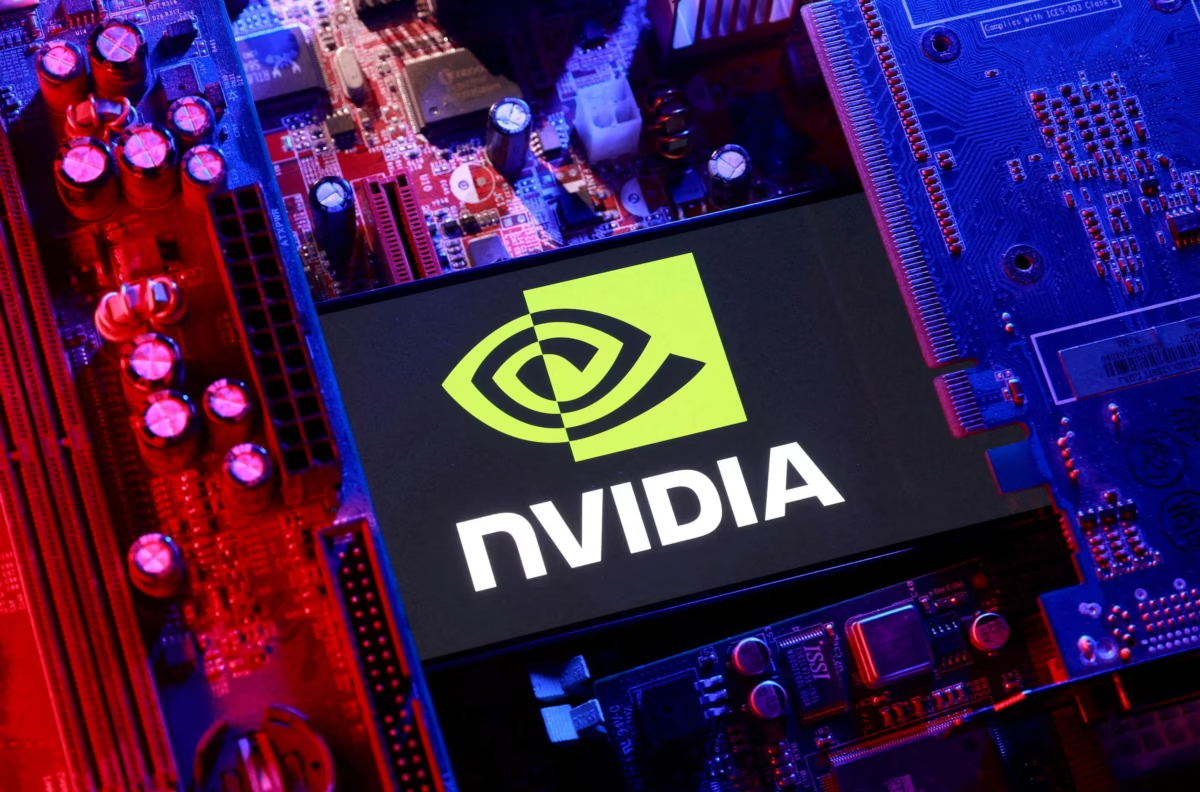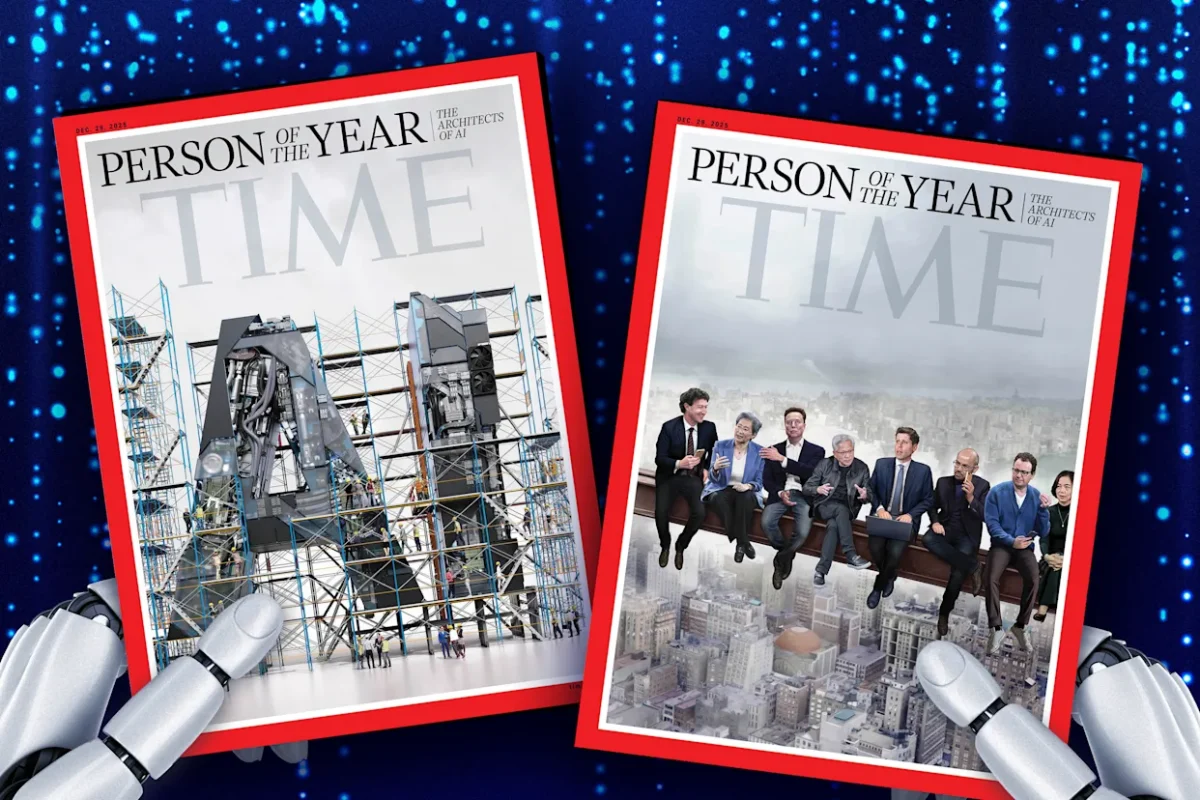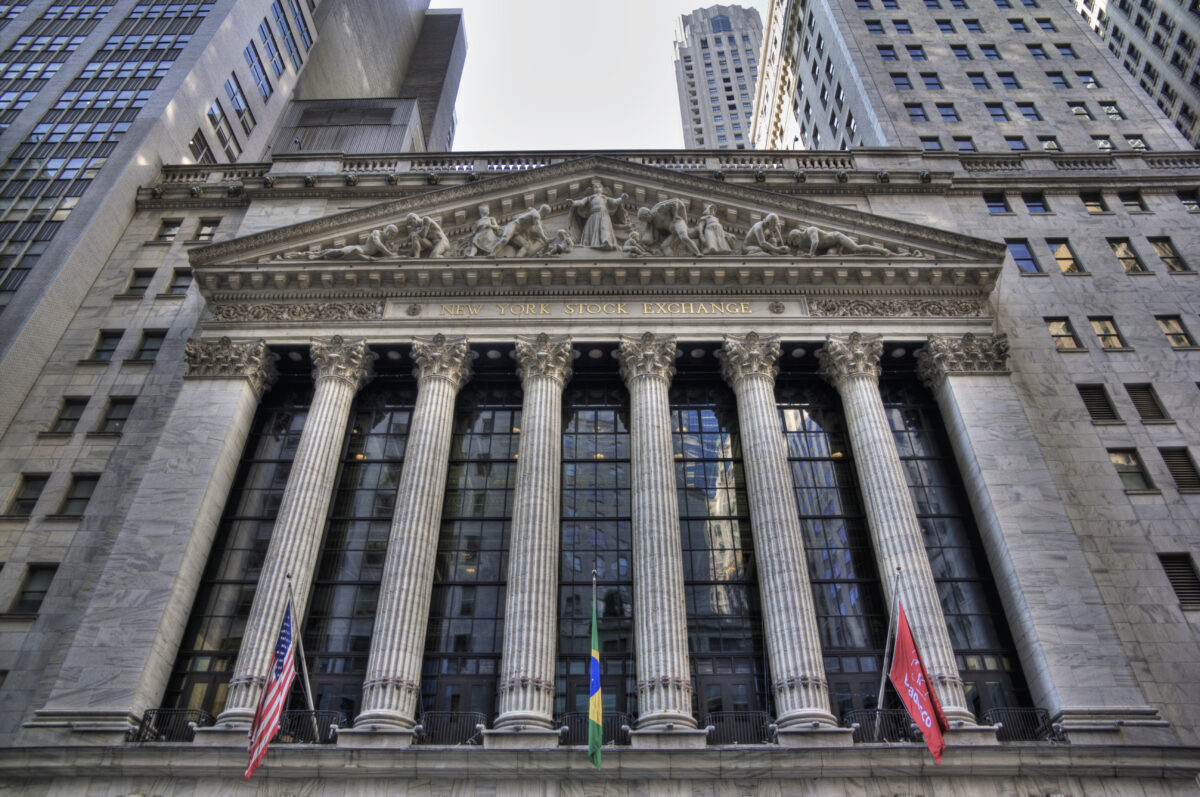Nvidia shatters records: How the AI chip giant became the world’s first $5 trillion company — and what Comes next”

Nvidia shatters records: How the AI chip giant became the world’s first $5 trillion company — and what Comes next”
In a historic leap that underscores the explosive growth of artificial intelligence, Nvidia has become the world’s first company to surpass a $5 trillion market valuation, cementing its dominance as the engine room of the AI revolution. The milestone, achieved at Wednesday’s market open, marks yet another staggering ascent for the semiconductor powerhouse that has redefined the global tech hierarchy.
The California-based company’s shares (NASDAQ: NVDA) climbed more than 3% during early trading, extending a year-long rally that has seen its stock soar over 50% in 2025 alone. This surge follows Nvidia’s steady climb from $4 trillion in market value just three months ago — a feat that took less than 14 months after it crossed the $3 trillion threshold.
Behind this meteoric rise lies one central force: unrelenting global demand for Nvidia’s AI chips, the backbone of today’s data centers and machine learning infrastructure. These chips — known for powering generative AI models, robotics, autonomous vehicles, and massive cloud systems — have made Nvidia the indispensable supplier of the digital age.
Boosting the company’s stock this week were reports of upcoming talks between U.S. President Donald Trump and Chinese President Xi Jinping, which could potentially reopen China’s market to Nvidia’s most advanced AI processors. The optimism followed CEO Jensen Huang’s electrifying keynote address at the GTC AI conference in Washington, where he outlined Nvidia’s vision for a world infused with its technology — from cell towers to smart factories and driverless cars.
Huang, who praised President Trump’s “forward-looking policies,” also announced a string of collaborations spanning supercomputing, healthcare, and telecommunications. Nvidia revealed partnerships with the U.S. Department of Energy to build seven new supercomputers, one of which will utilize over 10,000 Blackwell GPUs. Deals were also inked with Uber on autonomous vehicles, Eli Lilly for drug discovery acceleration, and Nokia for developing next-generation 6G networks.
Other collaborations include projects with Palantir, Oracle, and telecom leaders such as Cisco and T-Mobile to bolster AI-driven wireless infrastructure. Nvidia’s chips are also powering robotics projects from Amazon, Foxconn, Caterpillar, and Belden, reaffirming the company’s position at the heart of a new industrial era.
Meanwhile, Nvidia’s recently announced partnership with OpenAI could reshape the economics of AI. Under the agreement, the ChatGPT maker will acquire billions of dollars’ worth of Nvidia chips, while Nvidia commits to a $100 billion long-term investment into OpenAI’s ecosystem. The company also disclosed a $5 billion stake in Intel, signaling its broader ambitions across the semiconductor landscape.
Yet amid the celebration, some analysts warn that Nvidia’s astronomical growth might not be entirely sustainable. With massive cross-investments, skyrocketing valuations, and unclear returns on AI infrastructure spending, concerns of a potential AI market bubble are quietly surfacing. Nonetheless, Nvidia executives remain confident. During the firm’s latest earnings call, the company projected benefiting from up to $4 trillion in AI infrastructure spending by the decade’s end.
In the last quarter alone, Nvidia recorded nearly $26 billion in net income, a figure that dwarfs most of its competitors combined. With the company forecasting over $500 billion in GPU sales by 2026, it’s clear that Nvidia isn’t merely shaping the AI industry — it is the AI industry.
The world may be witnessing the dawn of a new corporate era, one in which silicon, data, and algorithms define not just business success but global power. And at the center of it all, Nvidia’s $5 trillion valuation isn’t just a number — it’s a symbol of how profoundly artificial intelligence has begun to reshape our world.
FAQ Section
Q1: Why did Nvidia’s market value hit $5 trillion?
Nvidia’s valuation surge is primarily driven by unprecedented global demand for AI chips that power data centers, cloud systems, and generative AI technologies.
Q2: What role does Nvidia play in artificial intelligence?
Nvidia’s GPUs are the backbone of AI infrastructure, enabling advanced machine learning models, robotics, and autonomous vehicles.
Q3: How is Nvidia expanding its global reach?
Through partnerships with companies like OpenAI, Oracle, Uber, and the U.S. Department of Energy, Nvidia is embedding its chips in nearly every modern technology ecosystem.
Q4: Is the AI boom sustainable?
Analysts are divided — some warn of a potential AI bubble, while Nvidia predicts sustained growth from a projected $4 trillion AI infrastructure market by 2030.
Q5: What’s next for Nvidia?
CEO Jensen Huang plans to expand Nvidia’s footprint in quantum computing, 6G networks, and robotics — positioning the firm as the foundation of the next industrial revolution.




